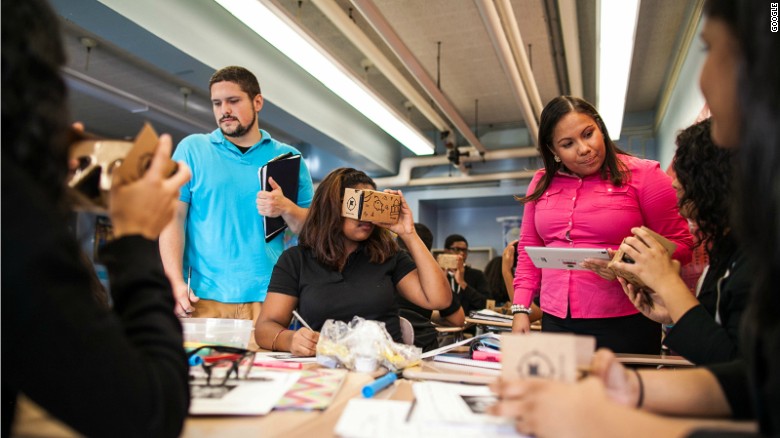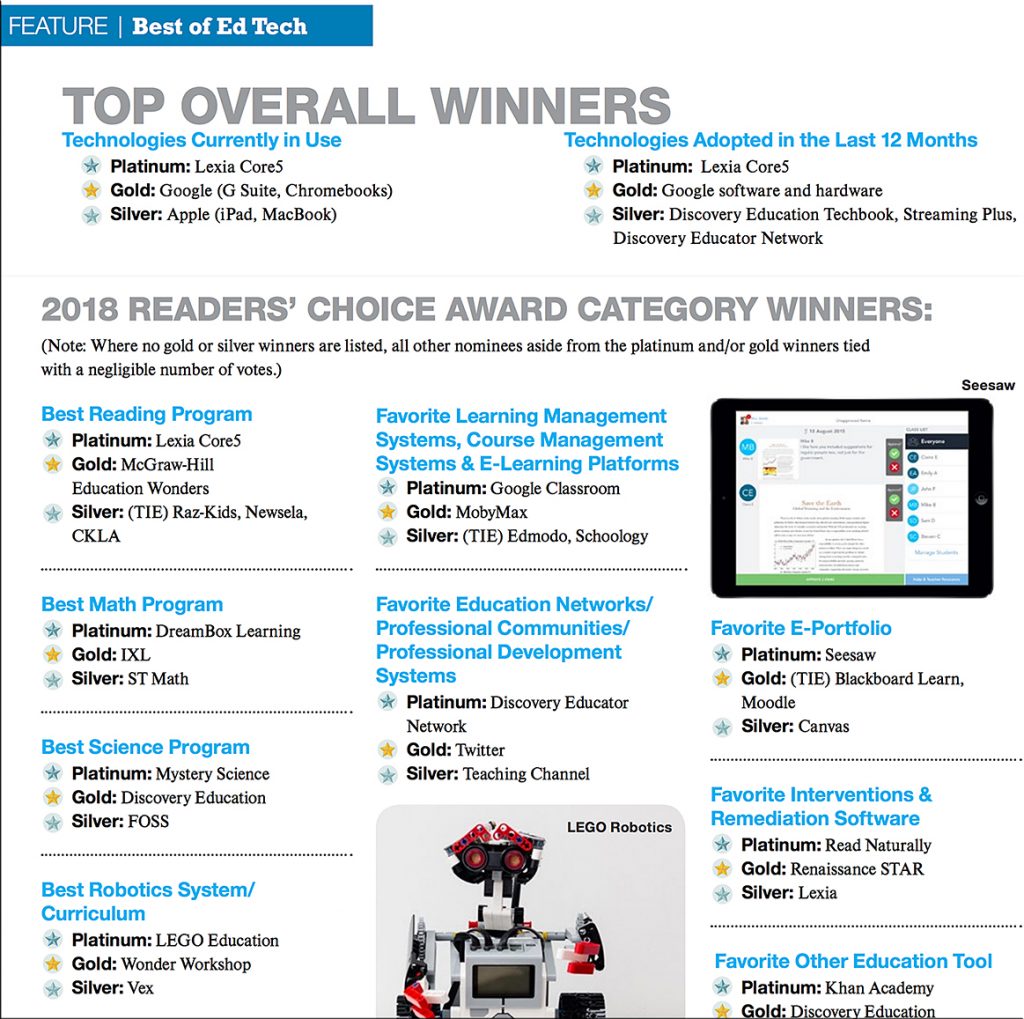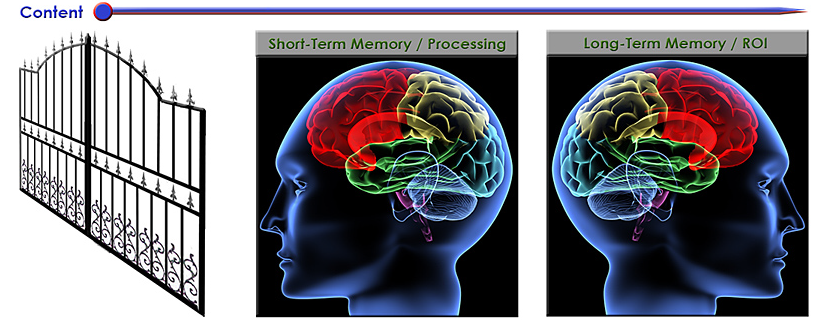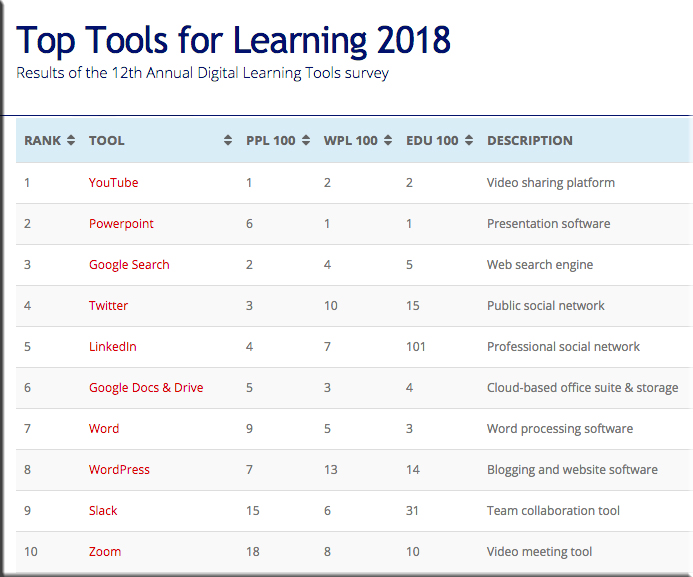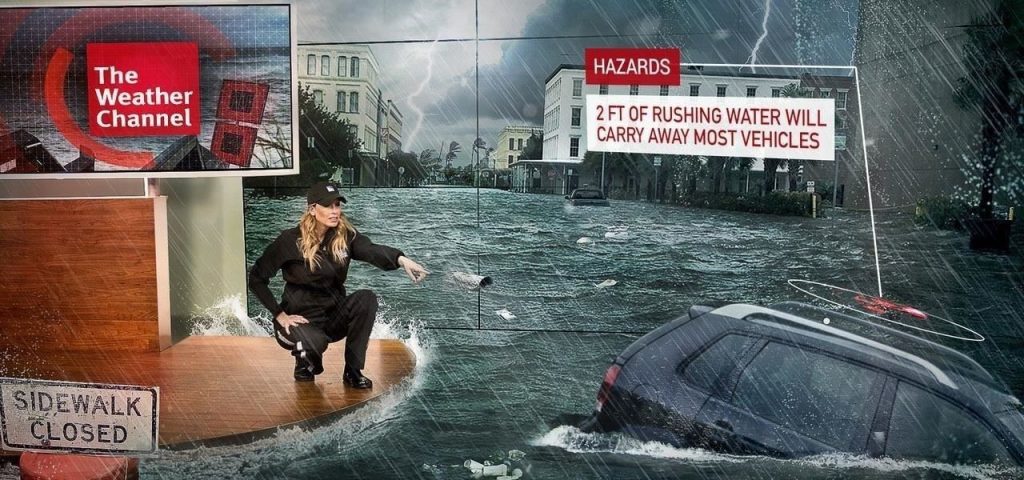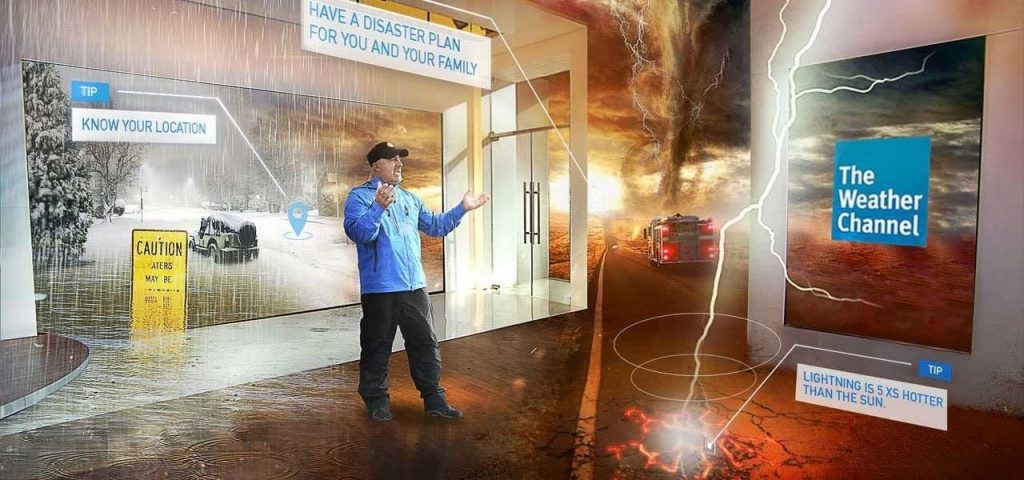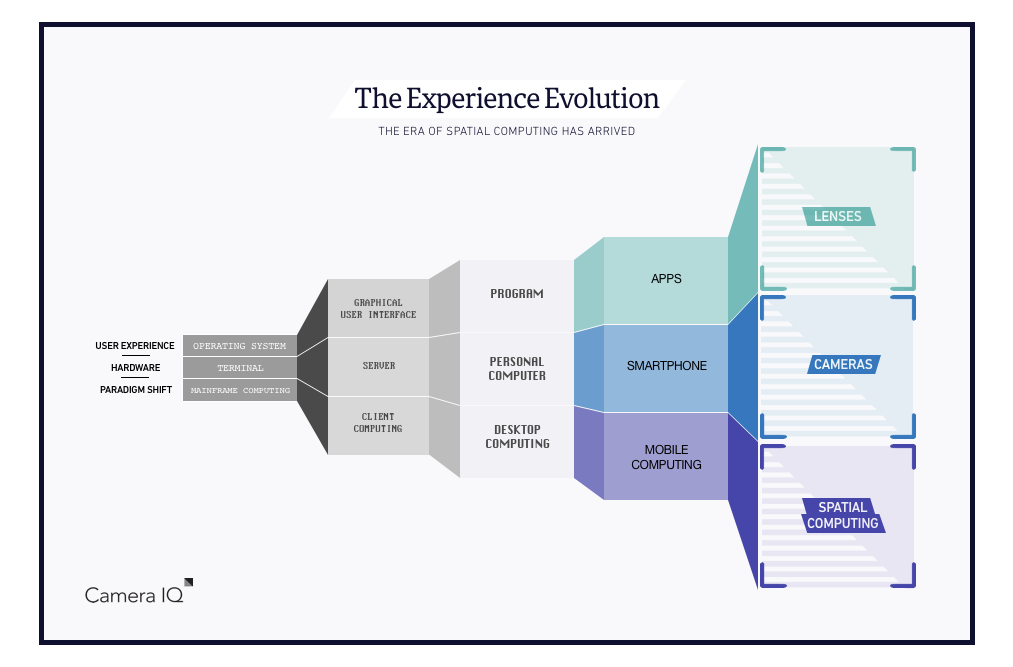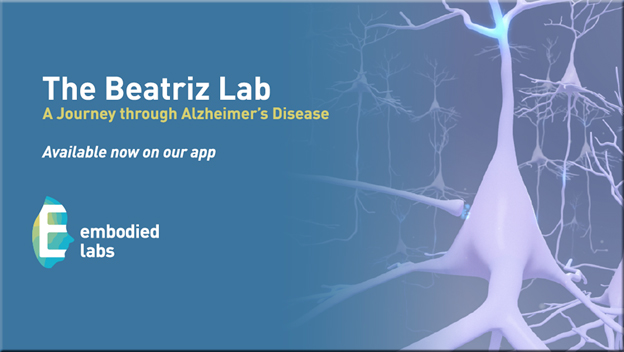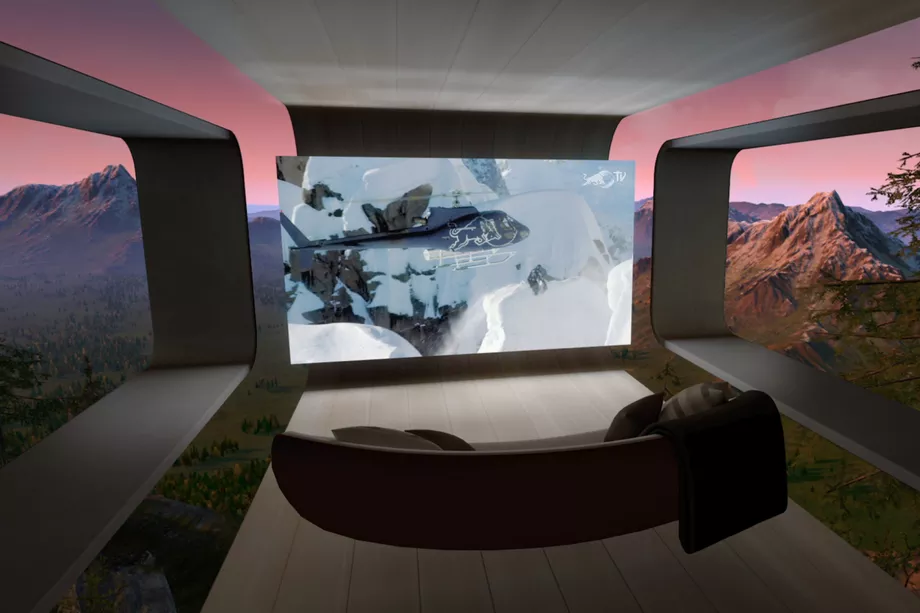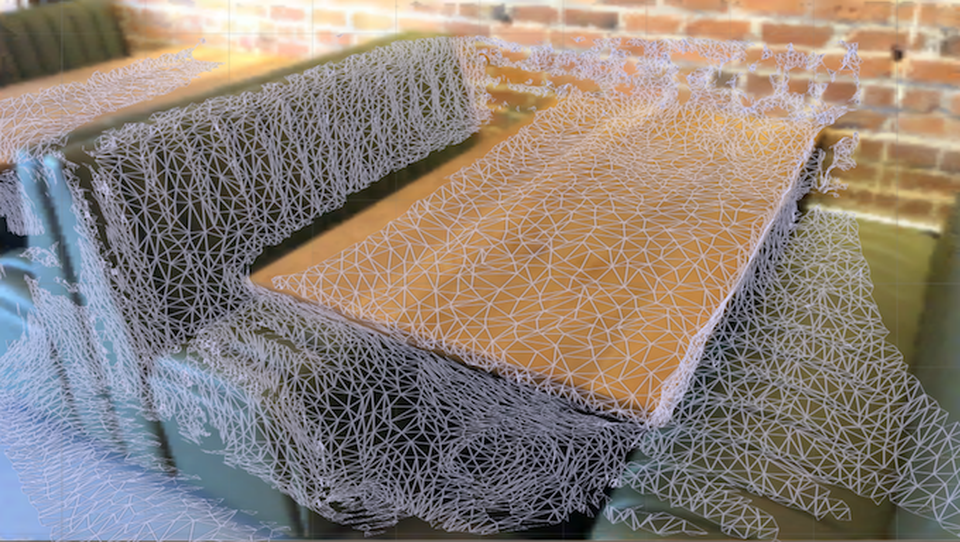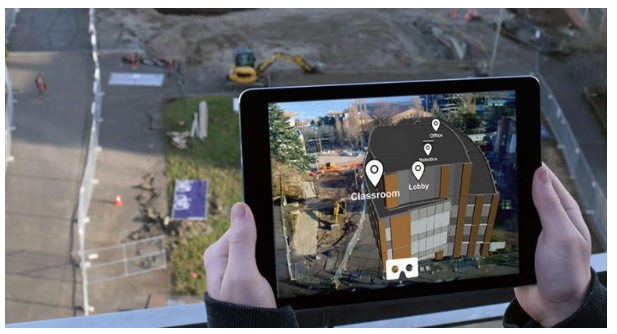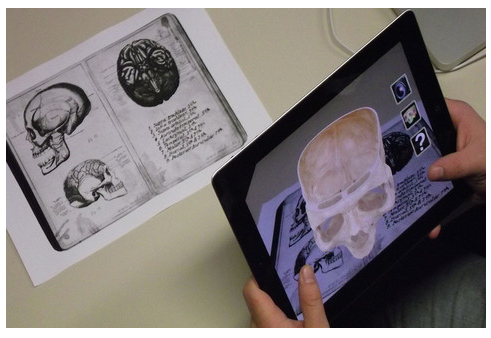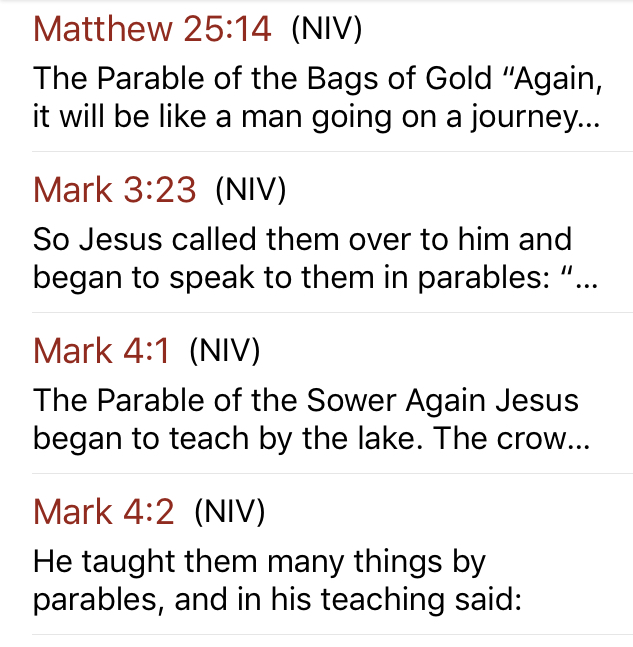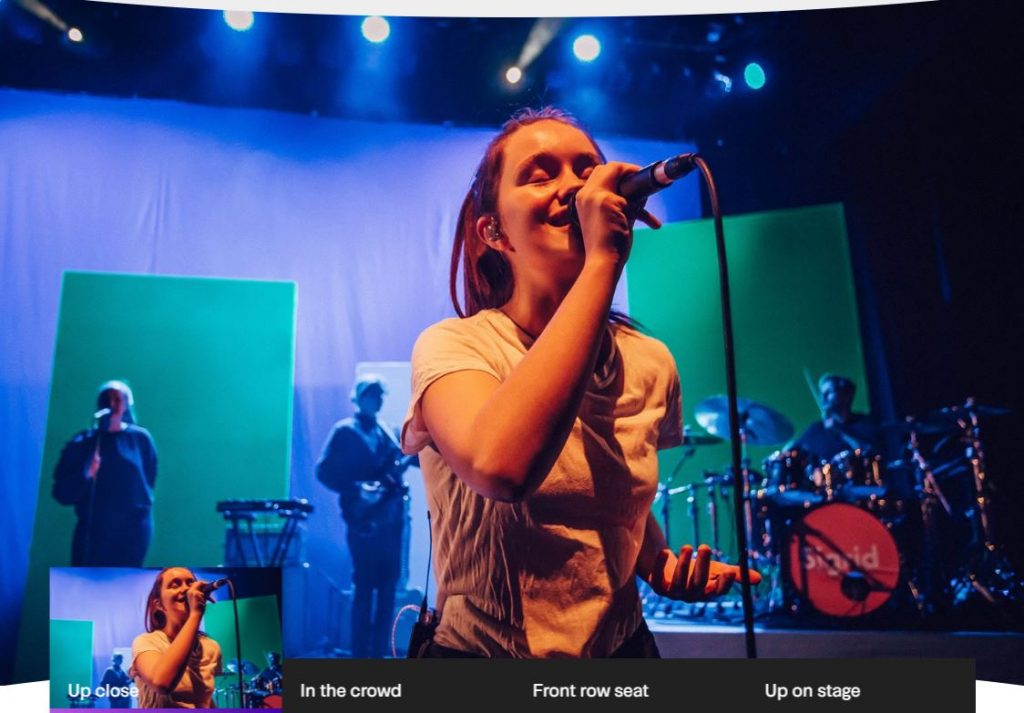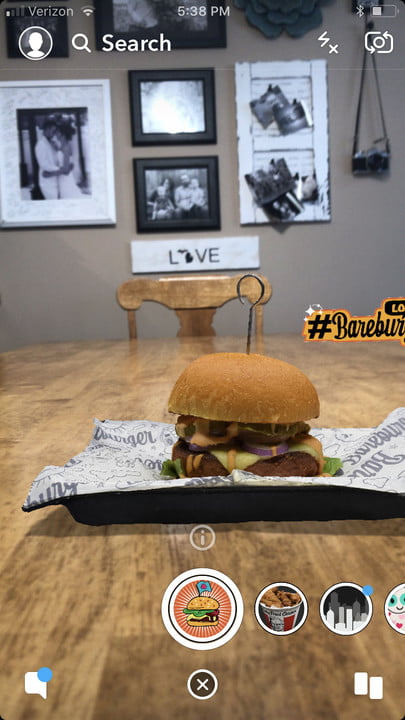FDA approves HoloLens powered medical augmented reality system — from by Richard Devine
HoloLens might be about to make surgical procedures a whole lot different.
Excerpt:
From Healthimaging.com
OpenSight specifically utilizes the Microsoft HoloLens headset that allows simultaneous visualization of the 3D patient images in AR and the actual patient and their real-world surroundings. The technique may decrease operative times and improve surgical planning and the understanding of anatomic relationships.
Can virtual reality revolutionize education? — from cnn.com by Emma Kennedy
“Kids love to engage with [VR] lessons,” said Guido Kovalskys, chief executive and co-founder of US-based edtech company Nearpod. “One minute, they are learning about Roman history, and the next, they are transported to ancient Rome and are exploring the Colosseum.”
From DSC:
Ok, so the title is on the overhyped side, but I do think XR will positively impact learning, understanding.
University of Washington Researchers Demo Ability to Generate 3D Augmented Reality Content from 2D Images — from next.reality.news by Tommy Palladino
Age of Sail: Setting the course for virtual reality narratives in the future — from by Jose Antunes
The most ambitious project from Google Spotlight Stories is also the one that pushes the boundaries in terms of the creation of narratives in Virtual Reality: embark on Age of Sail.
Augmented Reality Remote Collaboration with Dense Reconstruction
Addendum:
- VR & AR 2018: A year in review — from vrscout.com by Kyle Melnick
Excerpt:
If 2016 was the birth of modern VR/AR technology, than 2018 was its elementary school graduation. While this past year may have seemed like a quiet one when compared to the more exciting releases featured in 2017 and 2016, these past 12 months have been crucial in the development of the immersive entertainment sector.Major hardware releases, vast improvements to software, and various other integral advancements have quietly solidified VR & AR as viable, long-term technological platforms for years to come. So while there may not have been any bombshell announcements or jaw-dropping reveals per sey, 2018 will still go down as a key, if not climactic, year for VR & AR technology regardless.
With a new year full of exciting possibilities ahead of us, let’s hang back a second and take a look back at 2018’s most pivotal moments.









